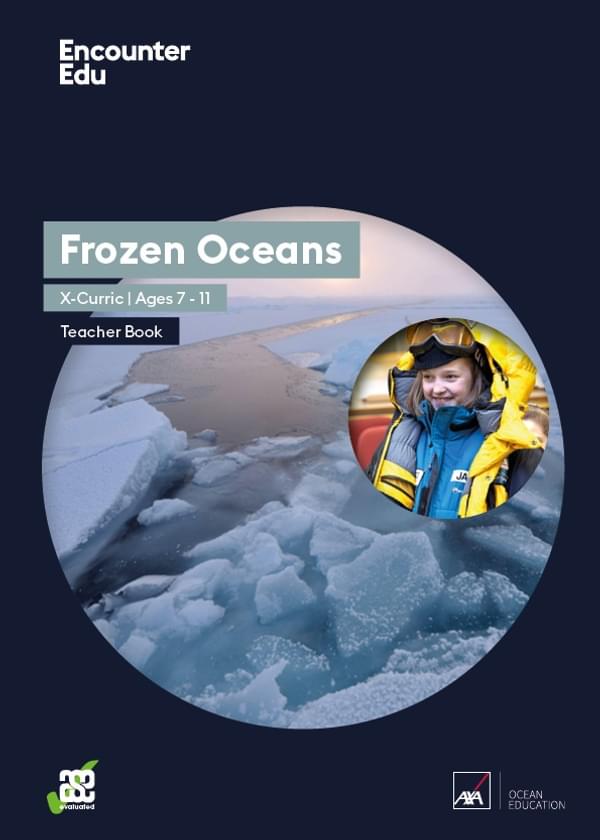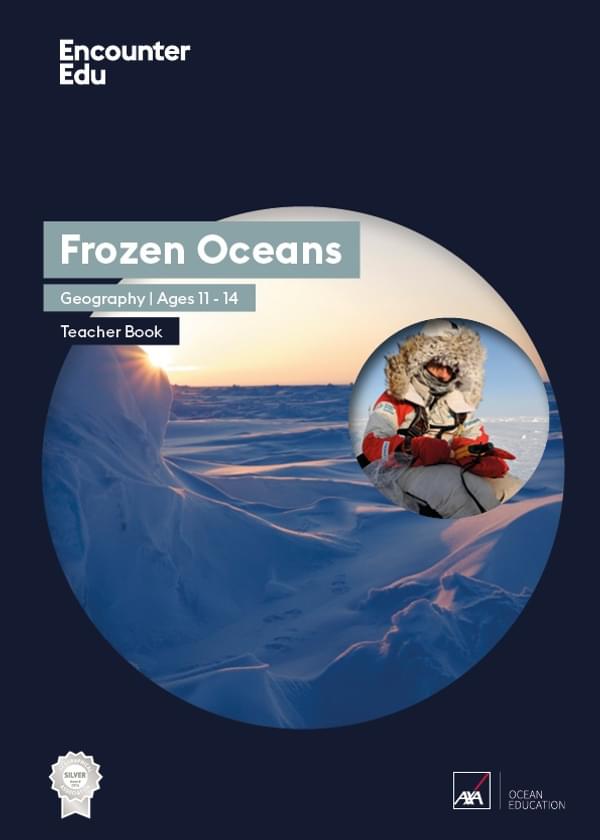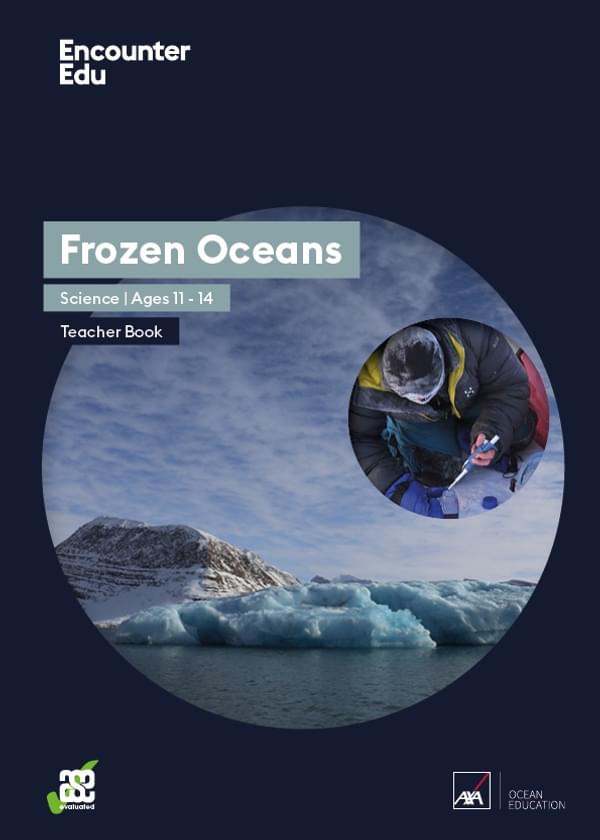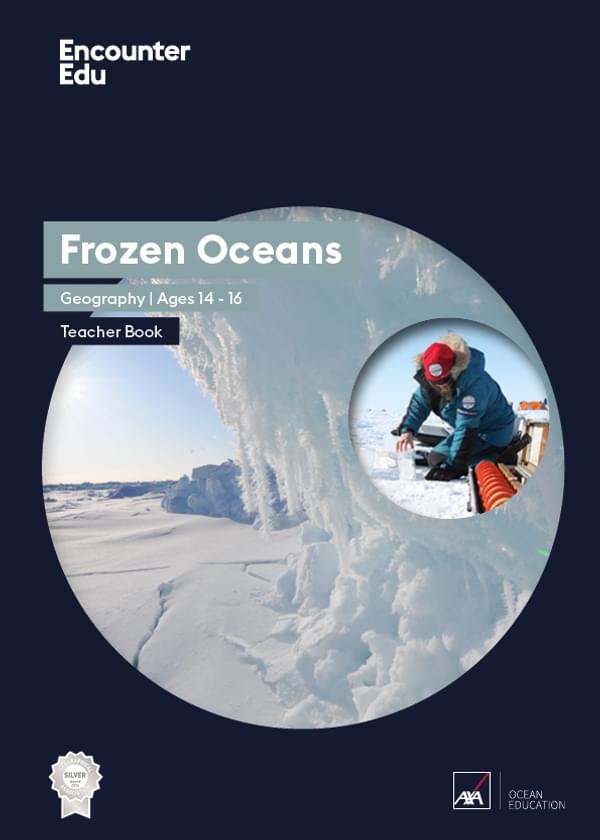What does a field lab look like in the middle of the Arctic?
Dr Helen Findlay describes the inside of one of the science laboratory tents. The lab tents are where the scientists do the initial analysis of their samples. This helps to direct their research. It is also the place where they can store their samples before they are taken back to their universities for further studies. Some samples have to be kept frozen, others cannot be allowed to freeze.
Part of:
AXA Ocean EducationBrought to you by


Cross-curricular | Ages 7-11
Frozen Oceans
Based on journeys undertaken by real explorers and scientists, the Frozen Oceans (Primary) education programme is designed to introduce students to what life is like in the High Arctic.

Geography | Ages 11-14
Frozen Oceans
The Frozen Oceans Geography resources are designed to take 11-14 year-olds on a journey to the Arctic following the expedition team of the Catlin Arctic Survey.

Science | Ages 11-14
Frozen Oceans
The Frozen Oceans Science resources introduce working scientifically concepts and skills to 11-14-year-olds through enquiry-based lessons which replicate work done by field scientists in the Arctic.

Geography | Ages 14-16
Frozen Oceans
This Frozen Oceans education resource includes two data case studies that introduce students to ocean acidification and sea ice thickness. The core of each case study are data sets from real expeditions.
